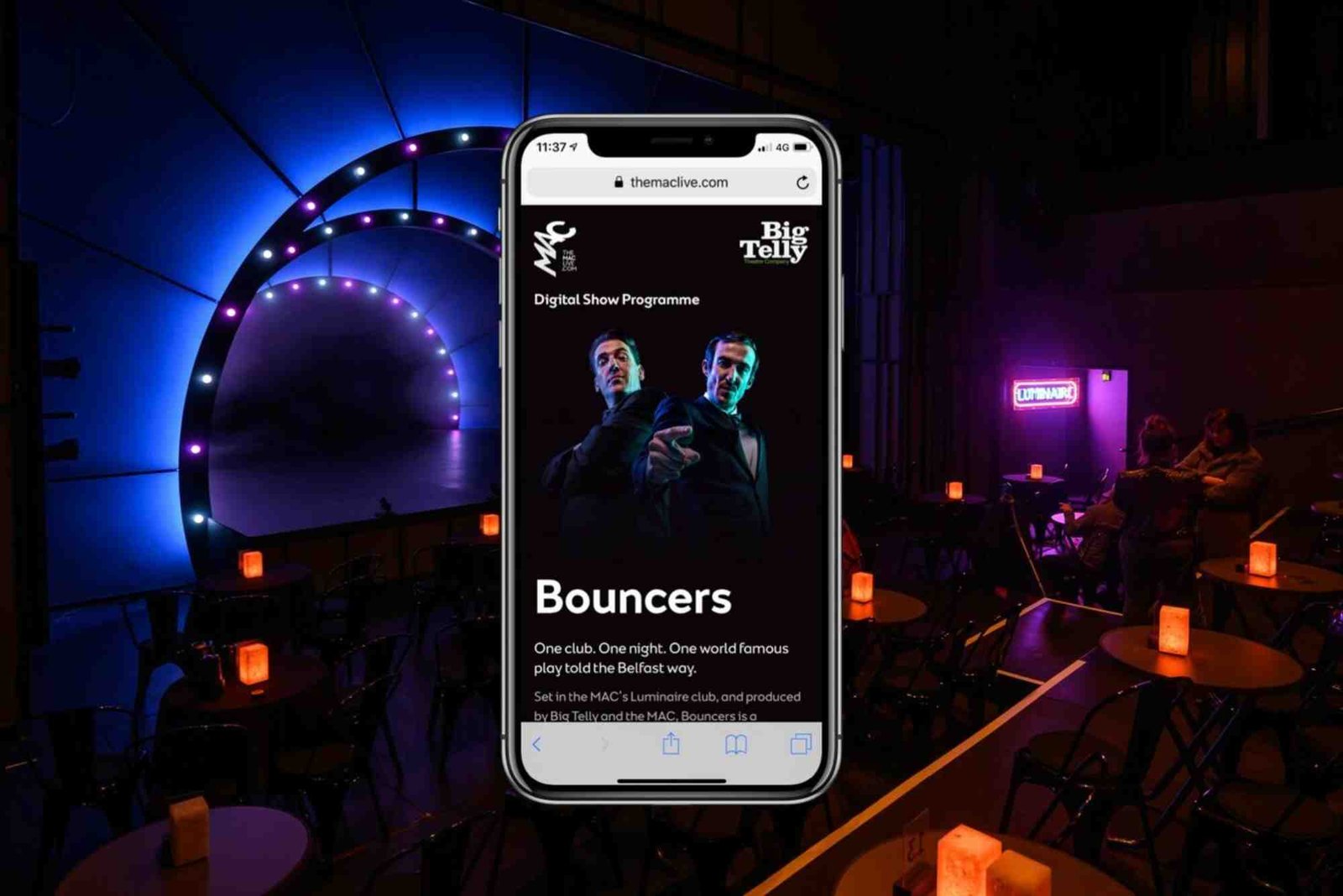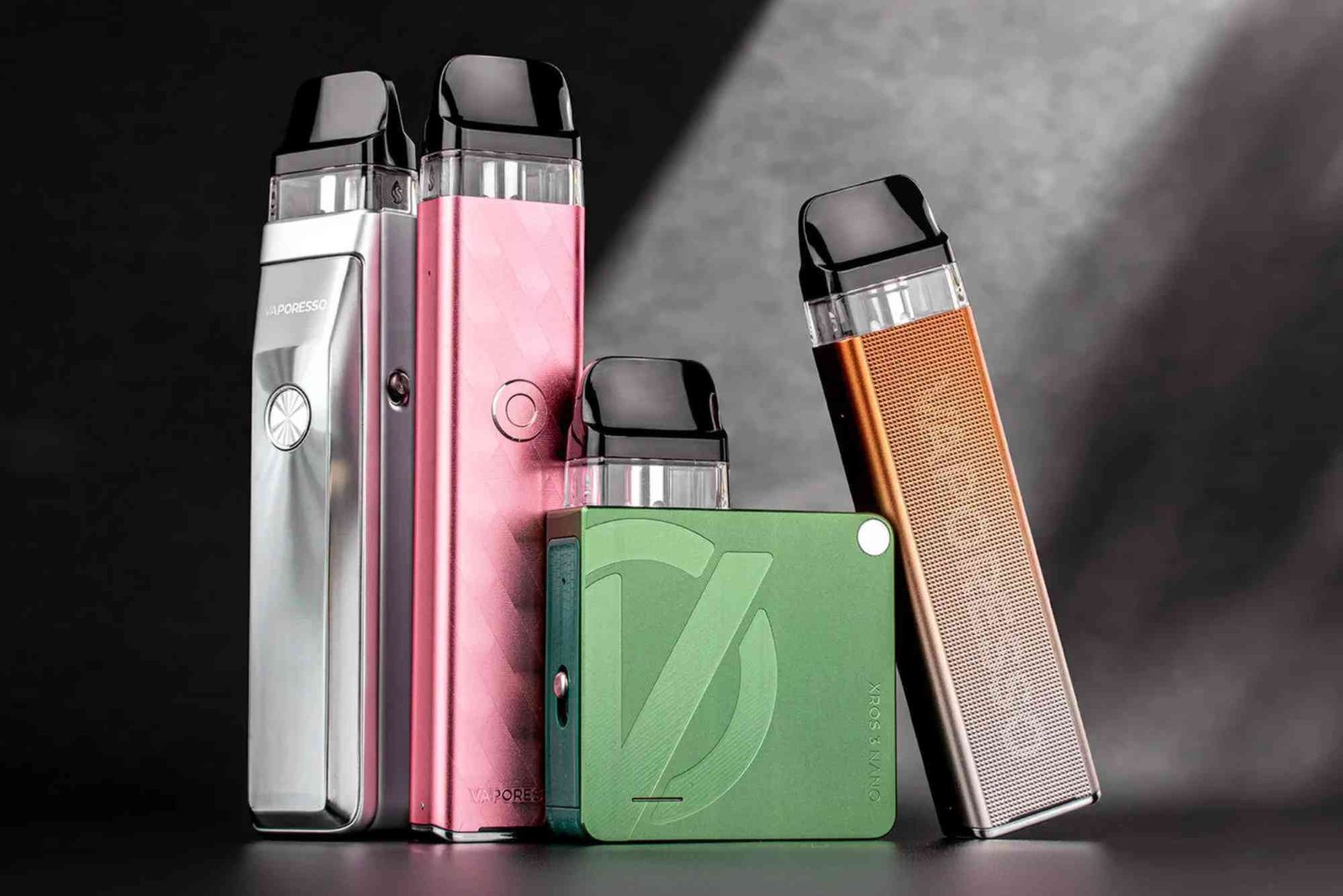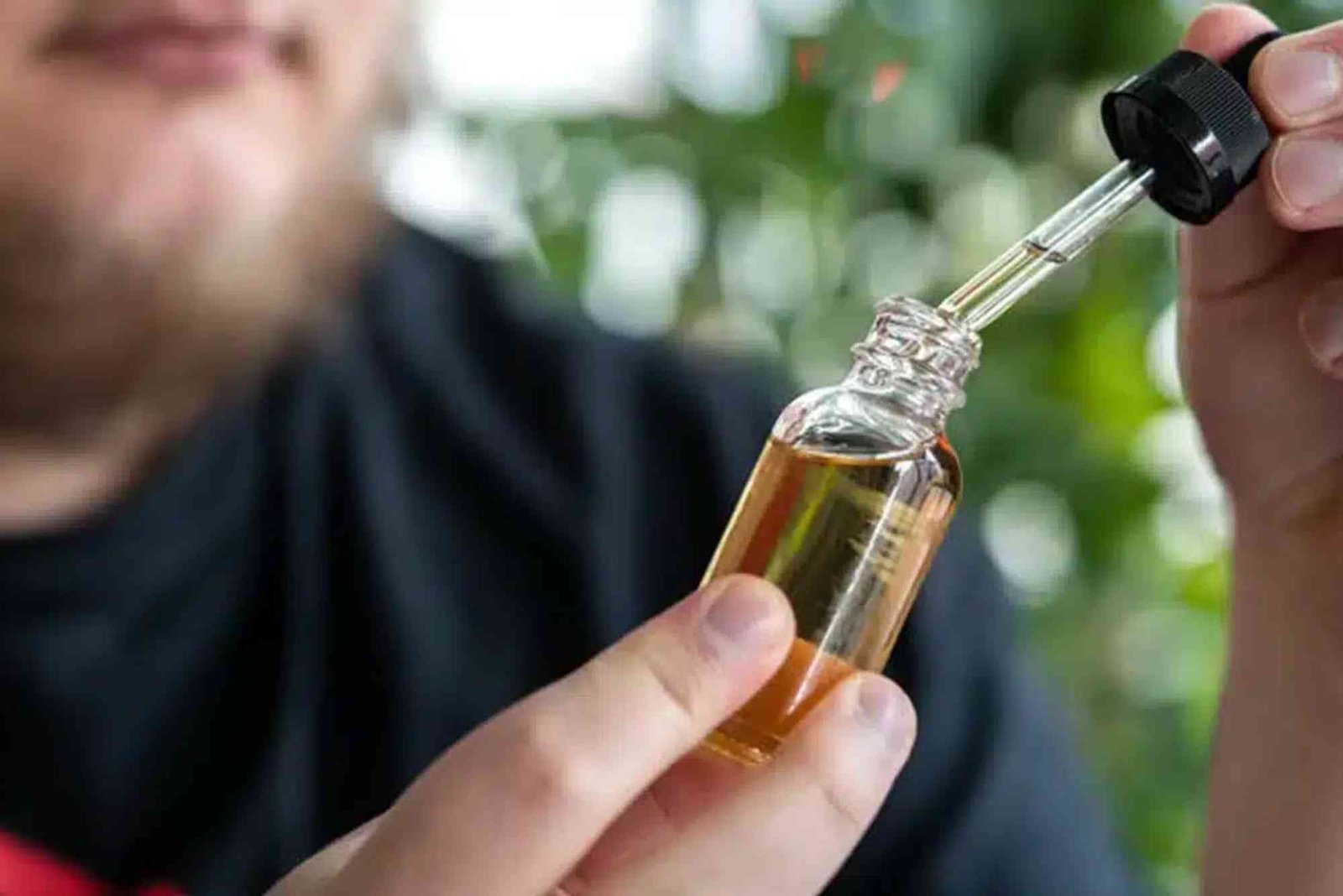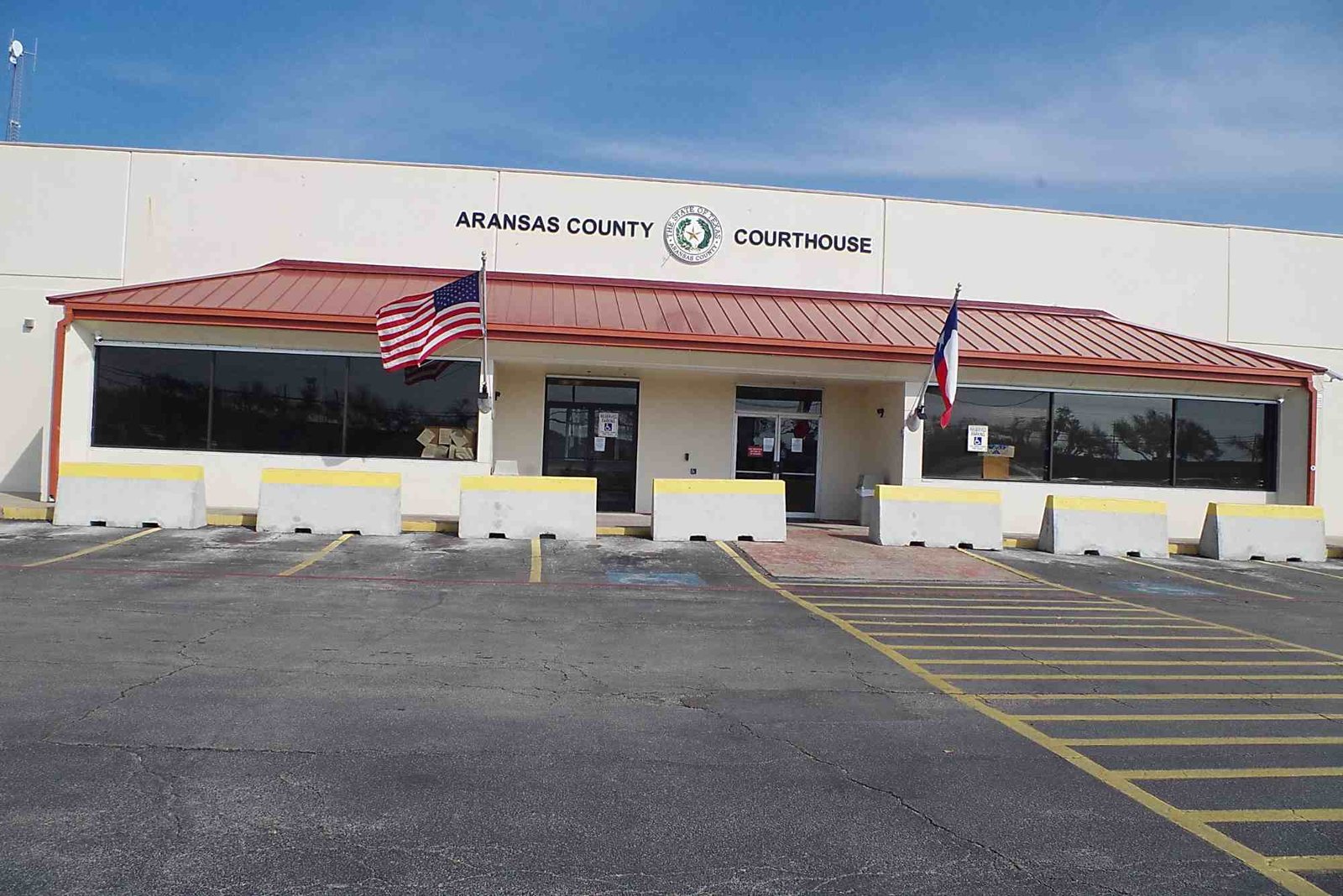Introduction
In today’s customer‑centric world, a CX event isn’t just a gathering—it’s a strategic play to boost sales operations. By bringing together your team, customers, and insights, a well‑designed CX event can transform how you sell, serve, and scale. Whether you’re in B2B or B2C, leveraging customer experience (CX) through events can lead to better alignment, higher conversion, and stronger customer loyalty.
In this article, you will learn how to plan, execute, and measure a CX event that supercharges your sales operations. We’ll dive into best practices, practical tactics, and real ROI.
What Is a CX Event?
Defining Customer Experience (CX)
Customer experience refers to the perception a customer builds over all interactions with your brand. It’s more than customer service — CX encompasses marketing, sales, support, and every touchpoint in between. Digital CX means creating predictive, seamless experiences powered by data and analytics.
Why Host a CX Event?
A CX event is a structured way to bring the customer journey into focus. It’s designed to:
- Surface real customer insights via voice-of-customer tools, journey mapping, and feedback.
- Align teams — particularly sales, operations, and customer success — around common goals.
- Share best practices and innovations, such as AI-driven CX platforms, omnichannel tools, and automation.
- Build momentum for CX-led transformation.
How a CX Event Boosts Sales Operations
Aligning Sales and CX Strategy
A CX event helps sales teams understand customer pain points more deeply. For example, you might run a journey‑mapping workshop to visualize where prospects drop off, where friction exists, and where delight can be injected. When sales truly grasps the customer journey, they can tailor conversations that feel more empathetic and effective.
Capturing Voice of Customer (VoC) Insights
Use interactive feedback tools during the event — polls, breakout sessions, live surveys — to capture raw, in-the-moment VoC insights. These insights can inform sales messaging, objection handling, and qualification criteria. Teams often deploy the “Jobs to Be Done” framework, combined with journey mapping, to unearth actionable needs.
Investing in Technology and Automation
At the event, showcase CX platforms that integrate with sales systems. For instance:
- AI chatbots and intelligent agents that support upsell and cross-sell suggestions.
- A unified agent desktop to reduce tool switching and improve follow-up speed.
- Predictive analytics dashboards that help sales prioritize leads based on customer behavior.
Such technology reduces manual work for reps and increases opportunities to engage customers meaningfully.
Strengthening Team Culture Around CX
An event reinforces that CX is not just a “customer service” job — it’s a company-wide mission. Cross-functional sessions help sales, marketing, operations, and support speak the same language of customer value. This shared culture can reduce friction, create ownership, and lead to better long-term collaboration.
Driving Measurable ROI
You can tie event outcomes to real sales metrics:
- Use post-event NPS or Customer Satisfaction (CSAT) surveys to assess how attendees felt about the event.
- Track lead conversion rates generated from event contacts.
- Measure changes in Customer Lifetime Value (CLV), churn, upsell and cross-sell rates.
- Monitor operational efficiency: faster response times, reduced customer effort, and lower support overhead.
Firms that invest in CX can cut costs and grow revenue significantly, with cost-to-serve reductions of 15–20% and revenue uplifts of 10–15%.
Planning a CX Event That Impacts Sales
Set Clear Objectives
Begin by defining what you want to achieve. Possible goals:
- Generate X number of qualified leads.
- Improve cross-sell conversion by Y%.
- Decrease churn by addressing key journey pain points.
Use historical data from past events or customer programs to guide your targets.
Know Your Audience
Segment your invite list:
- Sales leaders who will act on insights.
- Customer success managers who handle onboarding or retention.
- Key customers who provide honest feedback.
- Technology partners who can showcase CX tools.
Tailor sessions to each group — don’t make everyone sit through the same keynote if their needs differ.
Design Engaging Sessions
Incorporate:
- Journey-mapping workshops.
- VoC panels or customer storytelling.
- Tech demos (e.g., AI chatbots, unified dashboards).
- Breakout discussions around common sales challenges.
Add interactive elements like gamification to boost participation.
Promote the Event Strategically
Use targeted event marketing: email campaigns, social media teasers, and tailored invitations. Personalize messaging based on attendee roles and past behavior. Set up a mobile app or event platform to streamline registration, networking, and engagement.
Follow Up for Sales Impact
After the event:
- Segment leads by interest and follow-up urgency.
- Send personalized follow-up emails, referencing specific conversations or content.
- Use your CRM to track engagement — tie event leads into your pipeline.
- Share insights with internal teams: What customers said, what tools excited them, where sales can improve the journey.
Measuring Success
Key Metrics to Track
- VoC Metrics: NPS, CSAT, Customer Effort Score (CES).
- Sales Metrics: lead conversion, upsell/cross-sell rates, CLV.
- Operational Efficiency: resolution time, agent productivity, friction points removed.
- Retention and Churn: Are customers staying longer or spending more?
- Event ROI: Compare acquisition cost with lifetime value; calculate cost per qualified lead.
Analyzing Outcomes
Use data from post-event surveys and sales pipelines to assess how successful the event was. Look for patterns: Did certain breakout sessions lead to stronger pipeline leads? Refine your next CX event based on these learnings.
Best Practices & Tips
- Build your CX event around authenticity: invite real customers to speak, not just executives.
- Use technology wisely: don’t overwhelm with too many demos.
- Focus on action: every insight collected should translate into a next step in sales or CX strategy.
- Share wins: communicate event outcomes back to attendees to reinforce value.
- Plan for continuity: make the CX event part of an ongoing program, not a one-off.
A CX event to boost sales operations is more than a marketing play — it’s a powerful lever for alignment, insight, and revenue growth. When done right, it transforms internal silos into shared strategies grounded in real customer experience.
Internal link: For more insights on finance and growth strategies, check this Related Business & Finance article.
Internal link: Learn how you can Cx Event Boost Sales Operation by exploring the business strategies: Learn more.
FAQs
What is a CX event and why is it important?
A CX event is a gathering designed to align teams around the customer journey, collect insights, and drive action. It bridges gaps between sales, support, and marketing, helping you tailor operations to real customer needs.
How does improving customer experience lead to more sales?
Better CX reduces customer effort, increases loyalty, and creates brand advocates. It also enables smarter upselling and cross-selling because teams understand customer contexts and pain points.
What metrics should we use to measure the impact of a CX event?
Track VoC metrics like NPS, CSAT, or CES; measure sales outcomes such as lead conversion and upsell rate; and monitor operational gains like reduced handling time.
How much does a CX event cost versus its ROI?
Costs depend on scale, technology, and location. CX investments typically yield strong returns, including lower cost-to-serve and higher revenue.
Can small businesses benefit from CX events?
Yes. Even small companies can run virtual or hybrid CX events, gather customer feedback, align teams, and improve operations without massive budgets.







